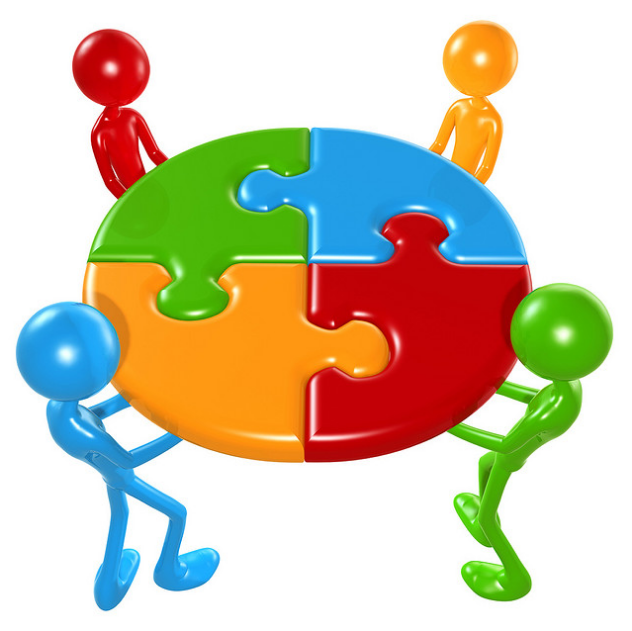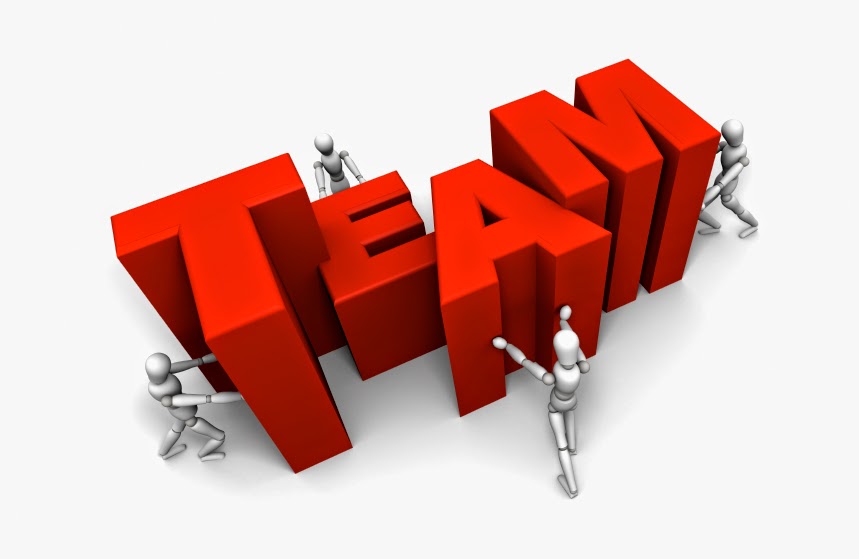Forming a highly functional Scrum team – Part One
 There seems to be a lot of misconception in the agile
community as to what ‘self-organizing’ means.
When we talk about teams self-organizing, we are not talking about a
group of 50 people in a room deciding how to make up 6-8 scrum teams. Yes, that can be done, and it can be
effective, but the real gist of self-organizing means to allow the already
formed team to determine how to get the work done. Self-organizing means giving the team the
autonomy to determine how to complete the work, but often times the teams need
to be formed up first. Although there
are many successful case studies of ‘build a team on the fly’ approaches, there
is also a lot to be said for forming these teams with a plan.
There seems to be a lot of misconception in the agile
community as to what ‘self-organizing’ means.
When we talk about teams self-organizing, we are not talking about a
group of 50 people in a room deciding how to make up 6-8 scrum teams. Yes, that can be done, and it can be
effective, but the real gist of self-organizing means to allow the already
formed team to determine how to get the work done. Self-organizing means giving the team the
autonomy to determine how to complete the work, but often times the teams need
to be formed up first. Although there
are many successful case studies of ‘build a team on the fly’ approaches, there
is also a lot to be said for forming these teams with a plan.
I spoke at a conference that Esther Derby was also speaking
at, and was privileged to hear her talk on team formation. She made a statement that took me awhile to
process when she said that “60% of the success of an agile team lies in the
initial formation of the team”, meaning there is a lot to be said for building
the team right to start with. This was
at a time that I was really on the self-organizing bandwagon and so I had to
really think through this one. As I did,
however, I realized how right she was.
Building the right team from the start, with the right personalities,
drive and attitude, and the right mix of skill sets was absolutely critical to
the successful teams I have worked with.
Many (most? all?) of the teams I have worked with that were struggling
were seeing issues because of their initial formation. A team of all extroverts with strong opinions
will just clash and fight against the tide, while a team of all introverts will
be too passive and just flow with the tide. A team strong in development but weak in
testing practices will struggle with quality, and so on.
So, how exactly do you form the A team for an agile
environment? This is more art form than
science, but there are steps that can be taken to increase the chance of
success. These steps include skills
analysis, personality assessment, and aligning common goals and interests
(amongst the other soft skills needed).
Personality Assessment
Paramount to building a successful team is to understand
what type of team mentality you are looking for. Do you need a hard charging, driven type of
team that won’t accept failure (R&D, Skunkworks, etc) or do you need a team
that has a high degree of compassion for the user and always keeps the users’
needs first (Support teams) ?
Understanding what type of team you want to end up with is critical; set
up your own acceptance criteria for the team so that you have a clear
definition of what ‘done’ looks for the team formation. Compassion for the user, a drive to
accomplish the ultra-cool, and a comfort level with a steady, rhythmic cadence
are great team personalities to cultivate
The best scrum teams tend to form a personality all their
own, based on the sum of the parts, and you can set the team on the path you
want by mixing the right blend of personalities on the team. Because very few team members will have each
of the desired qualities, look for members that bring one or more of the
desired qualities and show an open attitude towards the others. Use scenario based questions that will help
bring out the candidate’s personality traits you are looking for. For example, if you are looking for the
customer focused personality, ask a question similar to this. “Imagine you are asked to staff the support
desk for a few days, and a customer calls in that really doesn’t understand our
product. How would you help this
customer?”. Based on the answer, try to
put the candidate in a difficult situation by stating “yes, but let’s say the
option you just described is shot down by your supervisor, or is against
company policy, now what?” Gauging the
depth to which the candidate will go towards helping the customer to a solution
that works for them and the company is a great indicator as to how deeply they
will care about the features being built by the team.
Skills
One of the tenants of the Scrum framework is to have all the
needed skills to complete the work on the team so that there are no external
dependencies (and other reasons). But
what’s a good mix, and how to identify these team members? First, don’t go for all superstar team members,
the ones that can do anything and everything.
They usually don’t exist and, even if they do, are usually not what you
really need. Look for candidates that
have demonstrated a high level of aptitude in learning new technologies rather
than the one that has remained an expert in the same technology for many
years. In today’s business world, skill
sets need to not only improve, but adapt to the latest and greatest, as well as
have a knack for understanding what new technologies are worth pursuing.
 Just like with the Personality aspect, make sure you set out
a goal for what type of skill sets you want on the team. If you need to have a high level of quality
(medical devices comes to mind) over technical aggressiveness, than purposely
build that team skill with a high level of quality driven candidates. If you are building a fast paced team to
research and prototype new products you will obviously want to go towards the
candidates that can work within a “good enough” quality approach. Most teams will be in an environment where
quality and speed are equally as important, in which case you are looking to
blend candidates of both mindsets together.
Just like with the Personality aspect, make sure you set out
a goal for what type of skill sets you want on the team. If you need to have a high level of quality
(medical devices comes to mind) over technical aggressiveness, than purposely
build that team skill with a high level of quality driven candidates. If you are building a fast paced team to
research and prototype new products you will obviously want to go towards the
candidates that can work within a “good enough” quality approach. Most teams will be in an environment where
quality and speed are equally as important, in which case you are looking to
blend candidates of both mindsets together.
If you are building more towards the quality side you can
ask questions such as this. “We are
ready to push the Deploy button but have found a defect in our code that can
affect the user. What would you
do?” If the candidate comes back with a
‘”Stop the presses and fix the bug”
Intangibles
What’s Next?
Just like building successful Scrum teams is an ongoing
process, this blog will be a series of entries, each dealing with the next step
in this journey. Look for the next post
that discusses pulling the team together, aka, Day One of the new team.



No comments:
Post a Comment